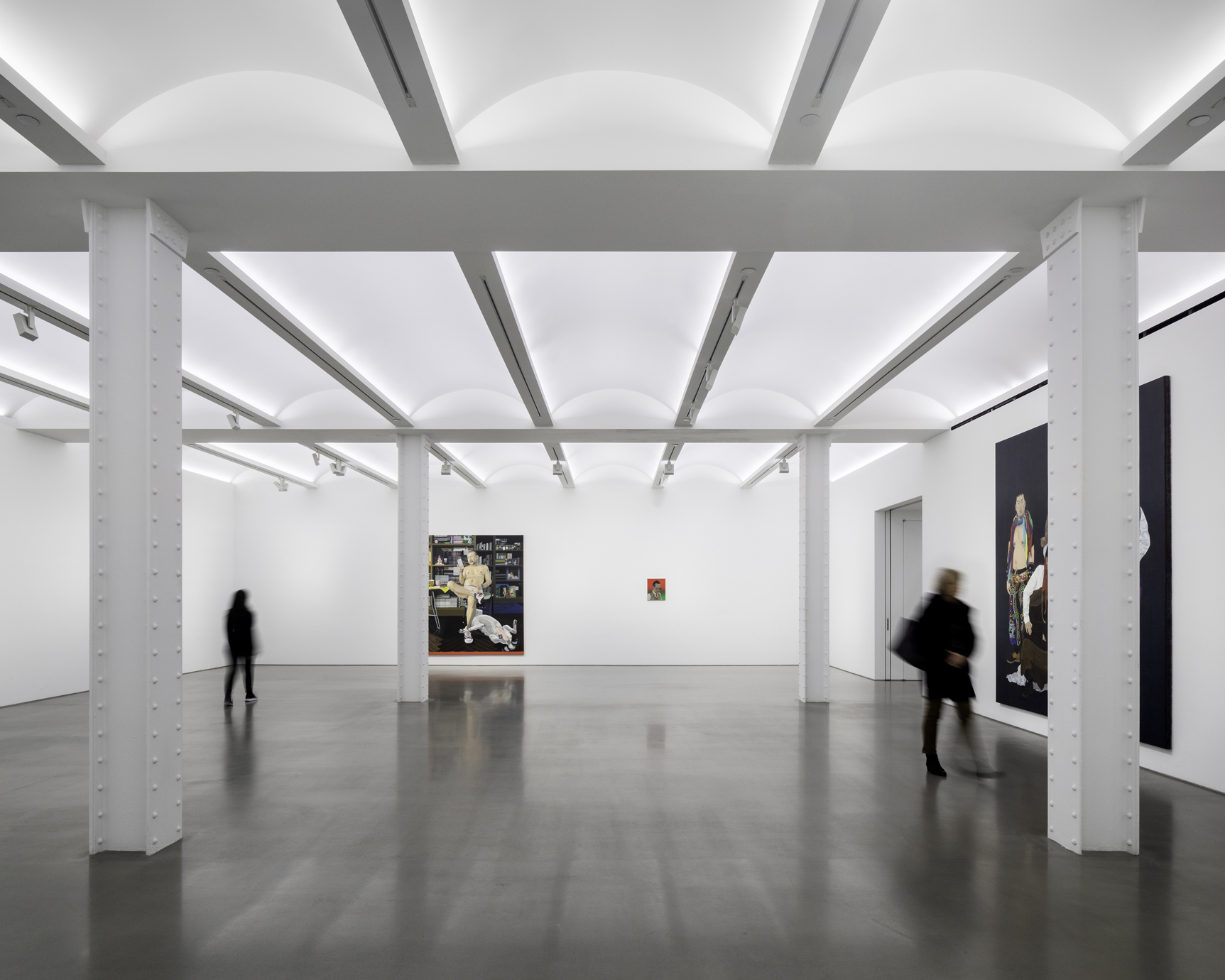
At the point of intersection between art and history is where one finds the work of Peterson Rich Office. Founded in 2012 by partners (in work and life) Miriam Peterson and Nathan Rich, the Gowanus, Brooklyn-based architecture firm has long held the arts close to its heart: its first project was a painting studio located in a floodplain in Lyme, Connecticut. It was there, too, that the couple became fascinated by the now-fashionable practice of adaptive reuse, transforming a building rather than starting from scratch, using as much of its existing material and structure as possible.
“The combination of those two things, historic context that we really dug into and the ecological forces acting on the site in Lyme, became rich territory for thinking about buildings and their constraints and opportunities,” explains Rich. “That was a starting point that steered the office in a particular direction.” Since then, the firm has followed these passions to reinvent a 1902 former fabric company headquarters as an exhibition space for Galerie Perrotin and publish a report, based on six years of research, with the Regional Plan Association to adaptively transform underfunded New York City Housing Authority properties. Current projects include transforming a former auto body shop in Cold Spring, New York, into a new 6,000-square-foot studio for artist Nina Chanel Abney and redesigning the third floor of the Rubin Museum as a multiuse gallery and gathering space. The duo is also now working on a project that they feel “forms a complete circle” of their architectural interests: for an arts organization in Detroit, PRO is converting a historic church into a gallery, with construction set to start this year.
The challenge of taking something old and turning it into something new, whether through light, structure or materiality, has always appealed to Peterson and Rich; their peers are finally catching up. “Compared to 10 to 15 years ago, there has been a significant shift in the way that the architecture community is thinking about existing structures,” says Peterson. “If it is feasible and there is spatial, historical or material value in the historic buildings, adaptive reuse really is the most sustainable design method.”



